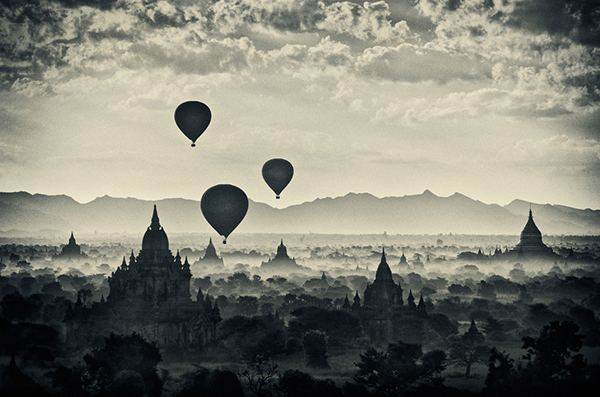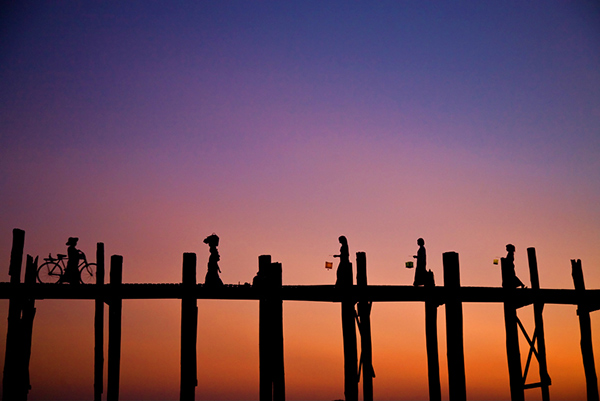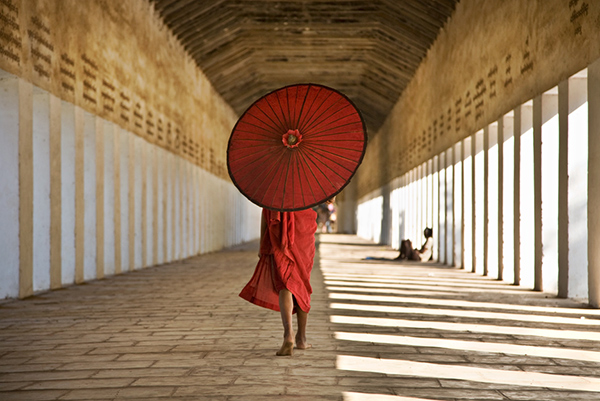This is Part II of my interview with freelance stock photographer Scott Stulberg. Part I can be found here.
To read the whole interview in one piece click here.
Before reading this interview I suggest reading my Introduction to Interviews with Photographers.
Now let’s get to a more technical stuff.
Could you give any tips on shooting stock photography?
You have to be great at shooting people. You need to get rid of any inadequacies of being able to approach someone and ask them if you can shoot them for stock. So much of Stock photography has people in the shot, and the biggest tip I can give is to focus on capturing people in your images, no matter what the subject is. Look at ads all over the place, even on TV they include peole in every aspect of life and their daily routines, from drinking beer to working on a laptop.
You also should either focus on one subject , and get great at it…or be pretty diverse, and that’s what I like. I don’t want to just focus on shooting food, like some people do. I want to try and do many things. But travel shots are my favorite.
Photographs by Scott Stulberg. Click on the photos to enlarge.
Please describe your typical work flow after you click on the shutter release button.
Hmmmm. This interview is getting longer by the minute I see. My workflow? Well, I make sure that I back up my memory cards that night, whether at home or at the hotel. Open up my images in Photoshop, which is still my program of choice. After using a program for so many years like I have, and in my case, I have been using Photoshop since version 2, it is hard to change. I do like Lightroom and also Aperture, but I prefer to use the original and it works for me perfectly.
I work in Raw of course, and in Bridge, I flag my favorite files pretty quickly and save them into a “best raw folder”. Then I go over them again, giving a higher rating on my second pass. Then I open up my favs in camera raw and go to town on them. Feels good to be fast in Photoshop and so often I know exactly what a certain image needs.
What photographic equipment do you primarily use?
I have been a Canon shooter pretty much since the late 80’s when Canon switched over to the EOS system. That changed the whole ball game and I left Nikon and have not looked back since. Although, Nikon has finally come back with a vengeance and some of their stuff blows away Canon now, and finally we have some good competition that will help us all out.
Have a ton of lenses from super wide, my 15mm Fiisheye all the way to my super telephoto 500mm f4. Carbon fiber tripods, Lowe Pro camera bags and backpacks, and of course I work on a Mac. There really is no substitute there.
Photograph by Scott Stulberg. Click on the photo to enlarge.
On your site I saw beautiful photographs from the Joshua Tree workshop. How these workshops are conducted? How to choose a workshop to suit your skill level and needs ? Could you recommend certain workshops?
Workshops? Well… There are so many ways to go on a workshop. Many schools have them available all over or you can just look in the back of photo magazines. They are usually in the back pages. You can also go online and scout them out. Workshops are possibly the best way to become a better photographer in a matter of days. You go out with other folks that want to learn too…and you pick the workshop that suits you the best.
The Joshua Tree Photo Safari I did was such a cool time for everyone, including the models. I invited 2 beautiful girls, had them bring plenty of nice clothes, and we all learned how to shoot them in the beautiful early morning and late afternoon light. People learned how to pose them, compose the whole feeling and how to understand the lighting in many situations. I showed them how to use reflectors and diffusers, flash the right way and even how to dress them with the right clothes for the right feeling. I even posed them for some stock ideas.
I brought up a piece of old luggage and put Kristin, the taller model in old jeans and a cool red sweater and then we bought a cool cowboy hat. I had her pose on the side of the road at sunrise, hitchhiking. Tried her in different poses, walking towards me and away from me, standing with her thumb out, sitting on her luggage, acting kind of bummed… and it was a super cool time. I even let everyone use my 500 telephoto to see the compression effect from using a long lens. Was a great stock shot that I loved getting. Knew I wanted to get it before I got to Joshua Tree and walked away with several different variations. The students loved trying it too.
Workshops are a great way to practice and learn a ton of new things. I like the Julia Dean workshops. My friend Paul Renner, also does some here in California and Africa. I have led some with him in both places. His site is rennerimages.com. My friend Art Wolfe also does some, out of Seattle. I teach up in Art’s Photography Center in Seattle and he is such an inspiration to me too. We both love the same things to shoot pretty much. He has been one great mentor to me.
Are you doing any kind of post-processing on your photographs? If yes, could you tell a little bit about it?
I try and get my images just how I want in camera for the most part. But I do have to make them as perfect for a magazine as possible in Photoshop too. I make sure the color balance is right on first. Clean up any distractions next. Could be dust on the sensor, a cigarette butt on the floor, or even a person who doesn’t belong. I do what the magazines need and what I tell all of my stock students is: “Photoshop is a photographers best friend!” If you want to make money from your images, you need to get good in Photoshop.
Photograph by Scott Stulberg. Click on the photo to enlarge.
One thing that I use a lot also are Photoshop Plug-in filters. These are filters that you can buy and install into Photoshop to give you an amazing variety of effects and other options to make your images really shine. I recently co-wrote a book called the Digital Photographers New Guide to Photoshop Plug-ins. I show some of the best plug-ins out and how they work with many examples. They really do help a lot and the looks you can get with some of these super cool filters are amazing, and all in a matter of seconds. You don’t have to be a top Photoshop user to benefit from these things!
This is the end of Part II of the interview. Click here to read part III.
If you liked Scott’s photographs and want to see more of his work, visit him at:
www.asa100.com
Scott also has a blog where he writes about some of the stuff he shoots and gives Photoshop tips:
Scott’s Blog
You can also purchase the book that Scott mentioned in the interview on Amazon:











